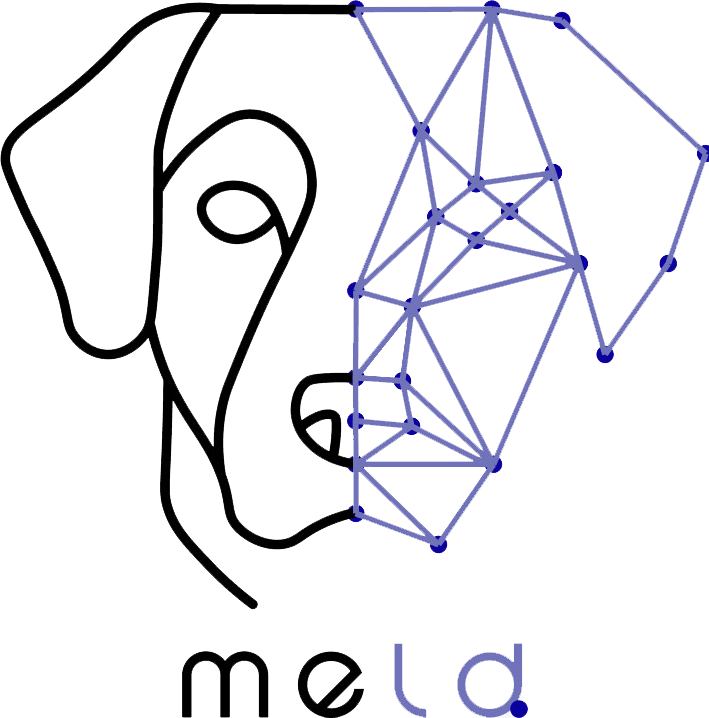This paper introduces a significant advancement in automated video-based pain recognition in cats by presenting an end-to-end artificial intelligence (AI) pipeline that requires no manual efforts in selecting suitable images or annotating facial landmarks. Unlike previous approaches that relied on static single images, this new pipeline works with raw video input, optimizing the capture of the temporal dimension of visual information, which is critical for accurate pain detection. The AI pipeline first automatically produces 48 cat facial landmarks on each video frame, then uses this time-series signal to predict the presence of cat pain. Tested on two different cat pain datasets, Finka et al. and TiHo Cat Pain, the pipeline achieved over 70% and 66% accuracy respectively, notably outperforming previous automated landmark-based methods that used single frames, thereby indicating that dynamics matter in cat pain recognition. The study also defines metrics to measure deficiencies in video datasets, such as occluded faces or inaccurate landmark detection, and investigates their impact on performance. The research highlights the potential for practical applications, like mobile apps for use in clinical settings or by pet owners, similar to human pain assessment tools, though further work is needed to address dataset diversity and real-time computational efficiency.
Non-Invasive Computer Vision-Based Fruit Fly Larvae Differentiation: Ceratitis capitata and Bactrocera zonata
This paper proposes a novel, non-invasive method using computer vision

